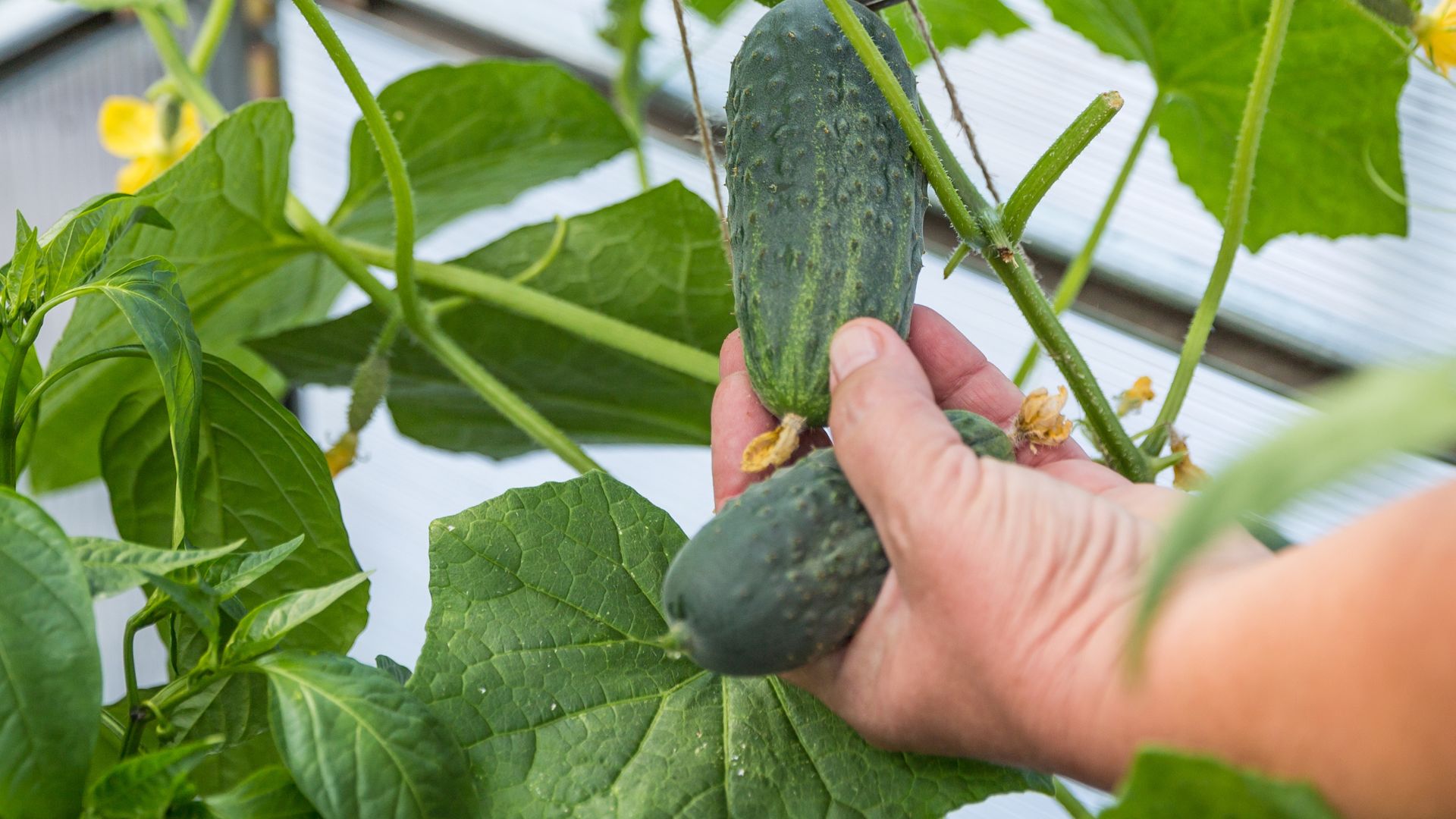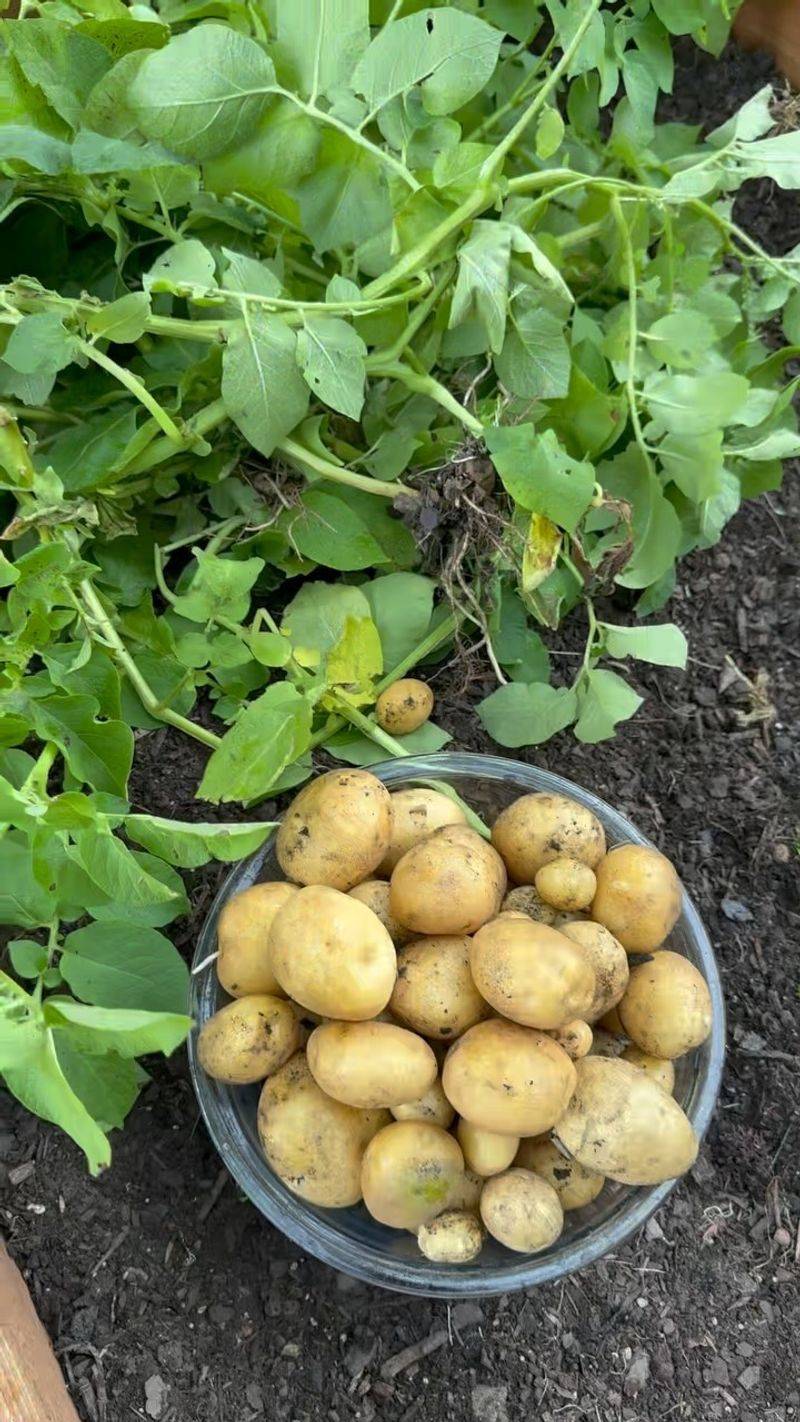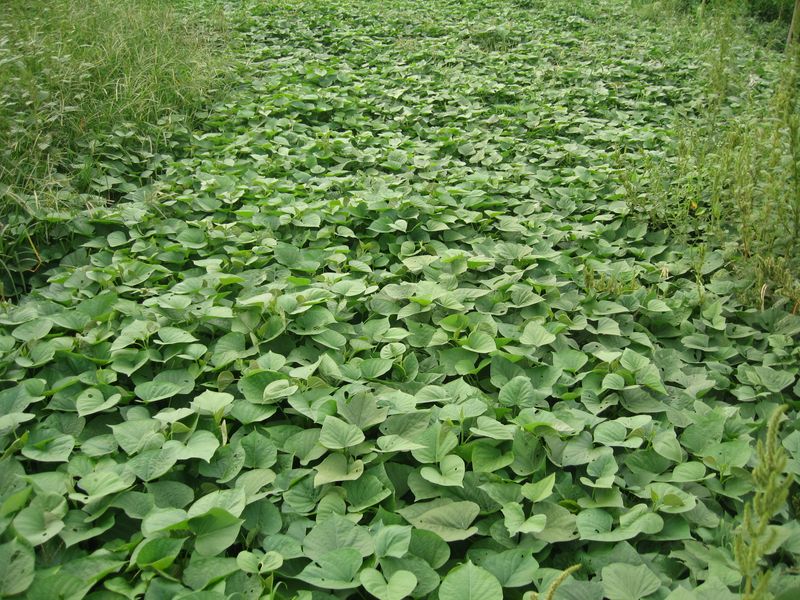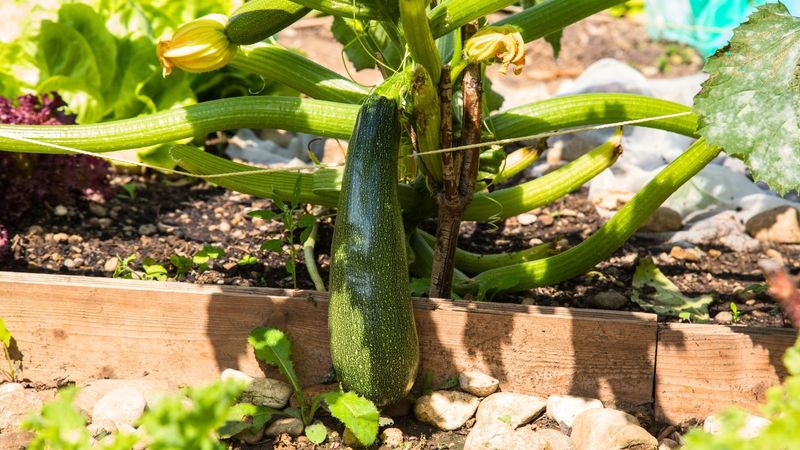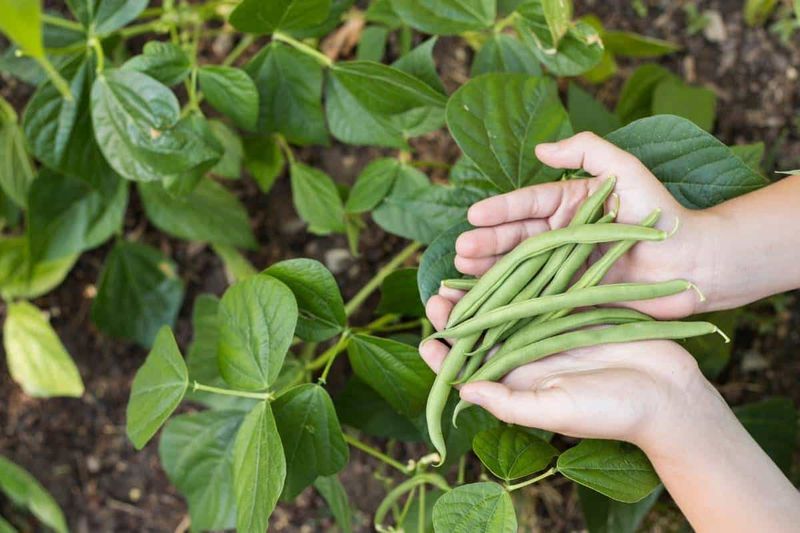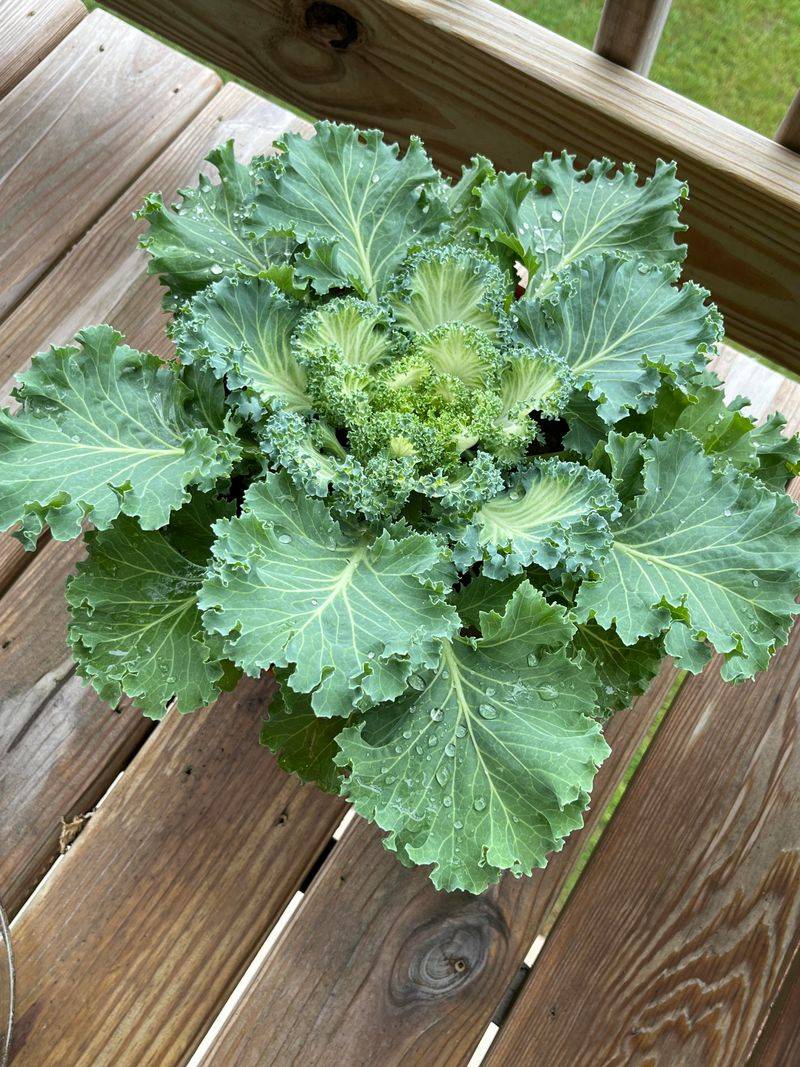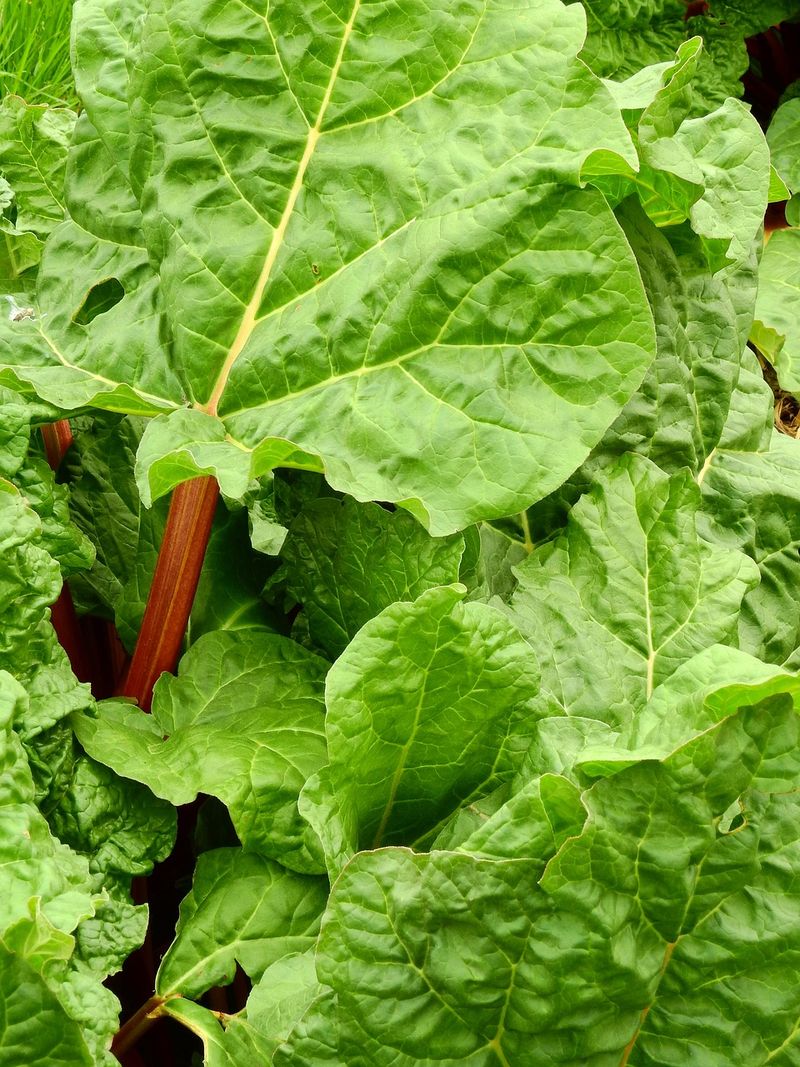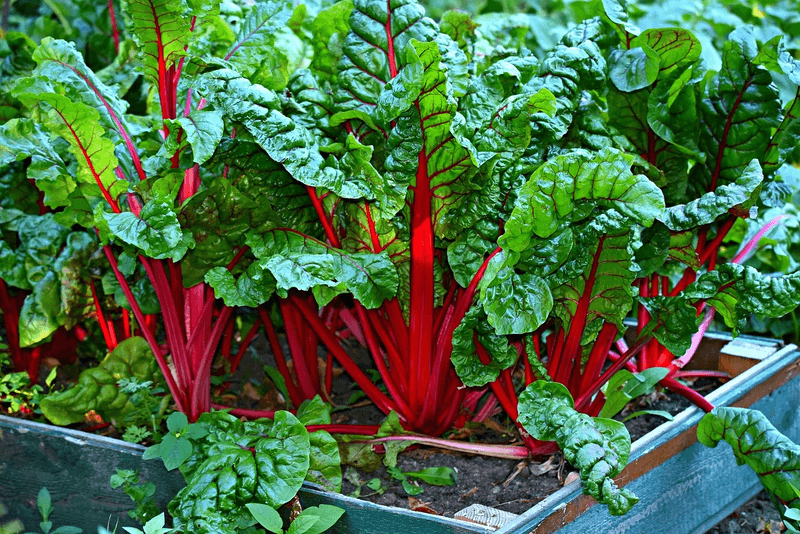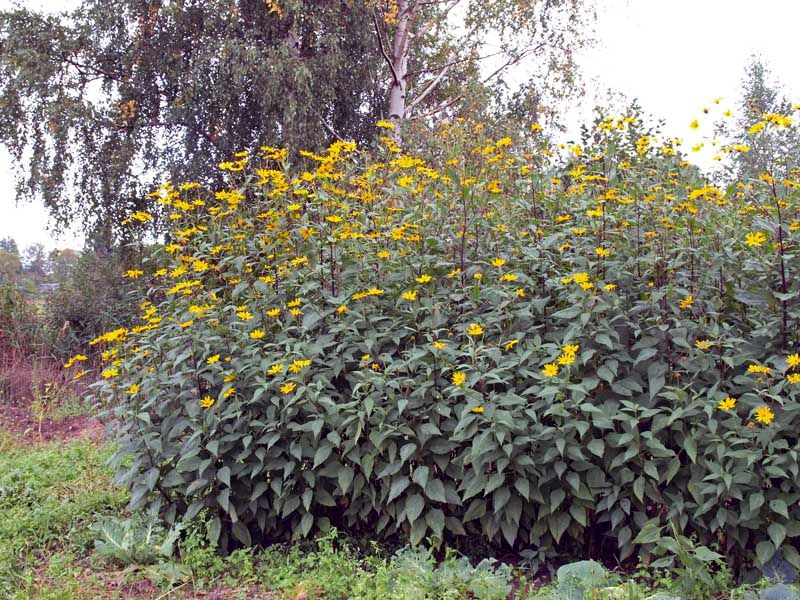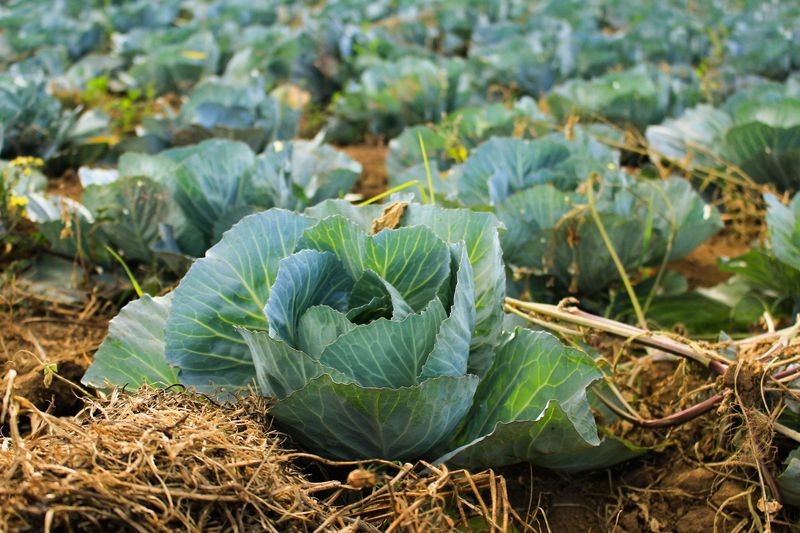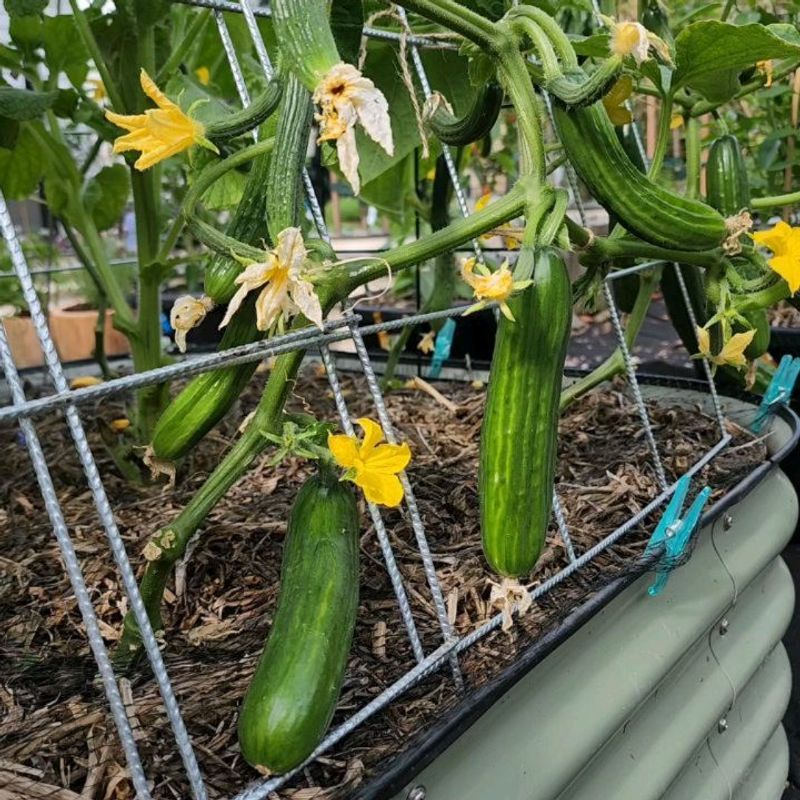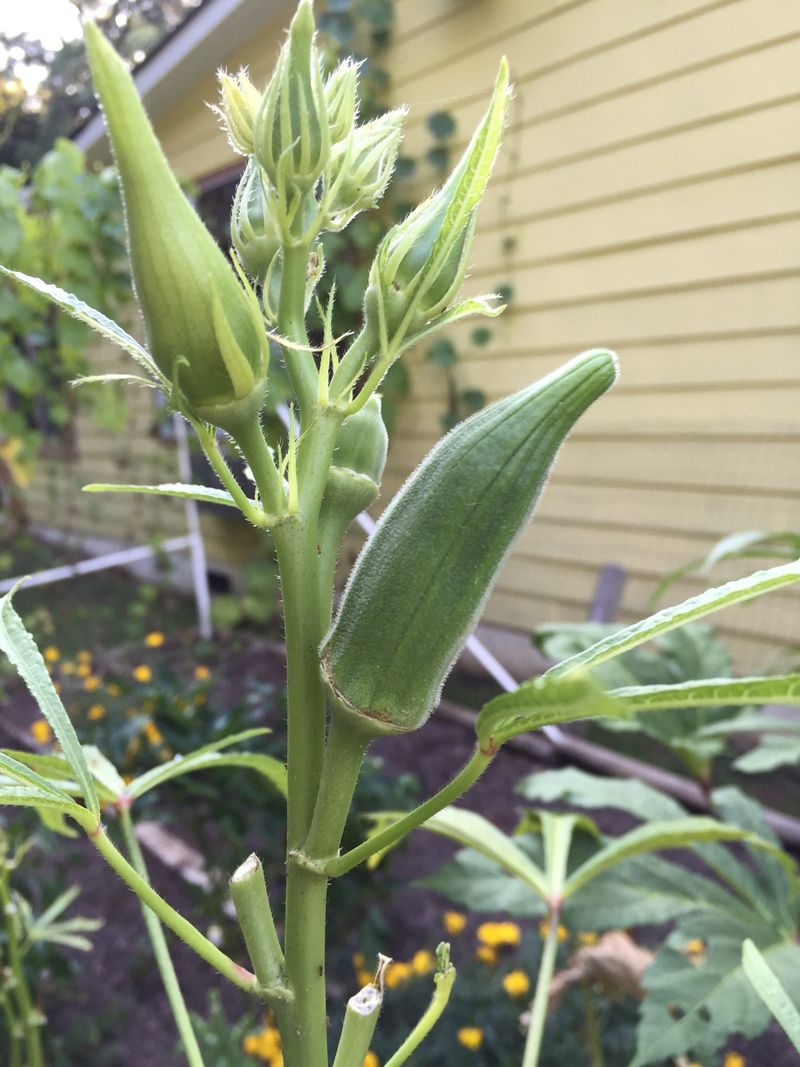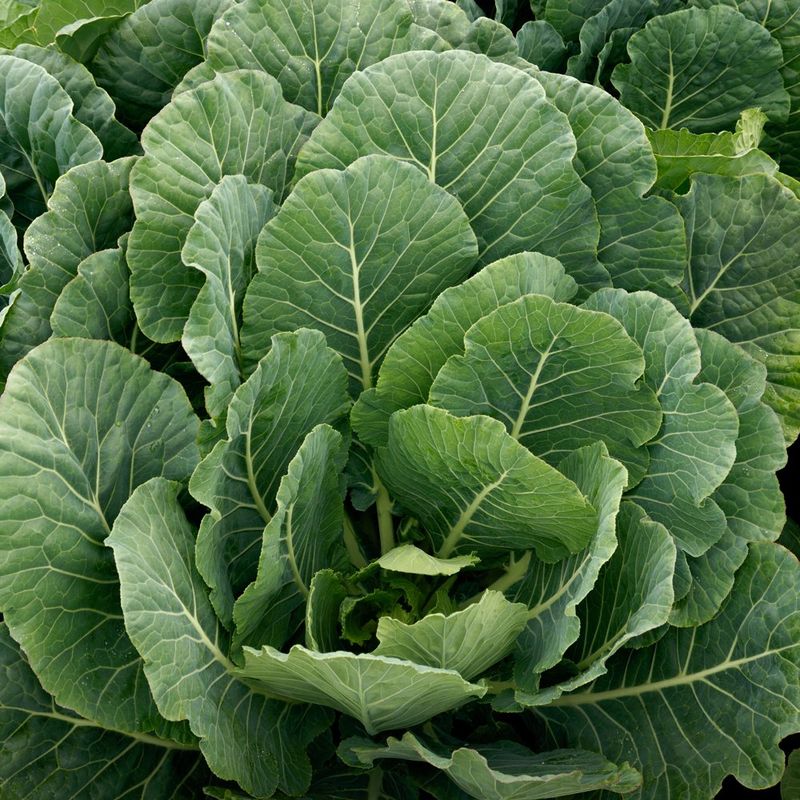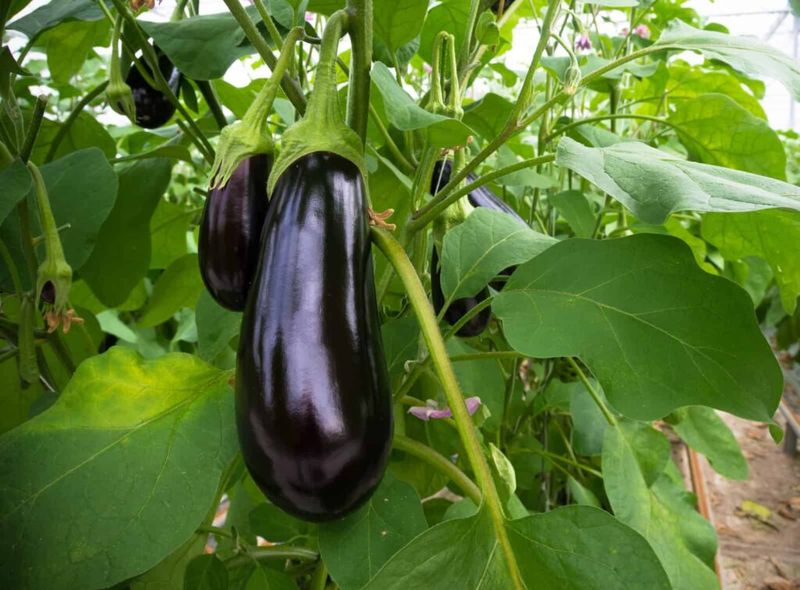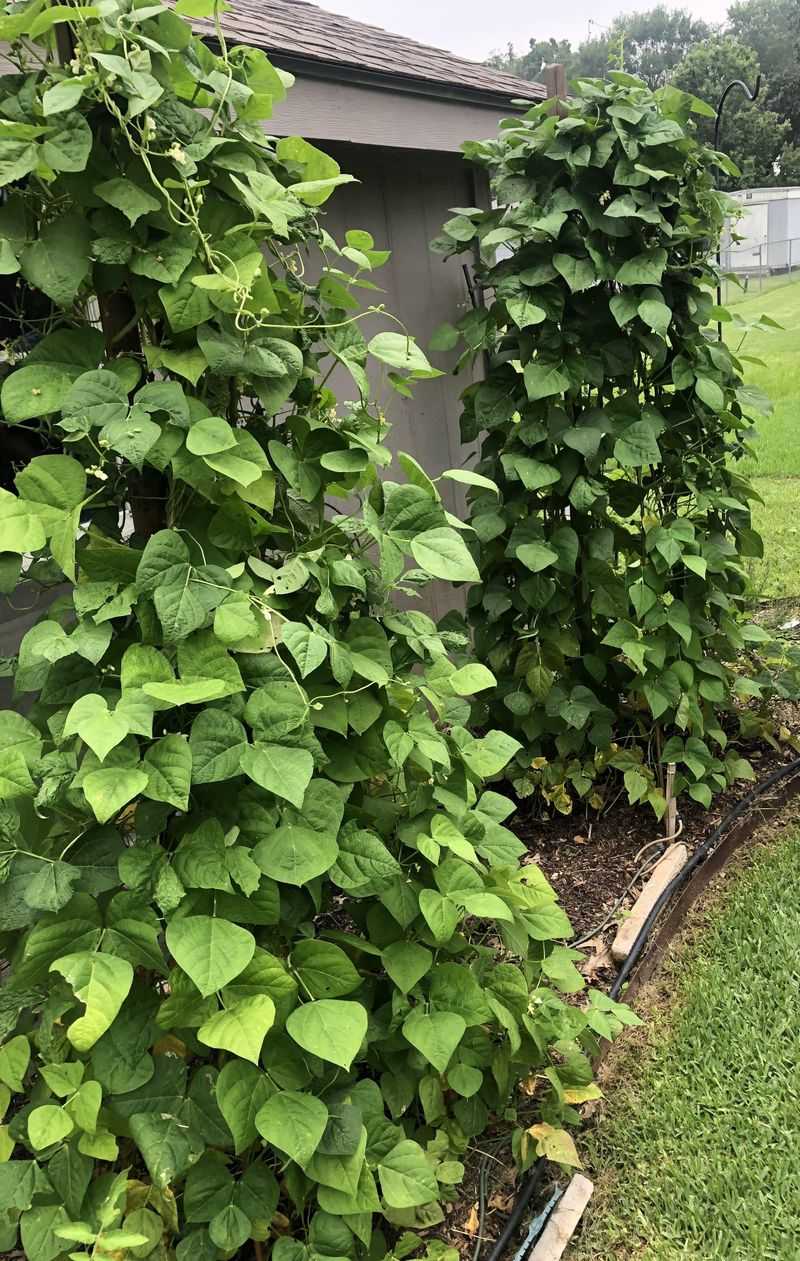Tired of battling weeds in your garden? I know I am. My back aches just thinking about all those hours spent hunched over, yanking stubborn invaders from my vegetable beds.
Some plants actually do double duty – producing food while naturally preventing weeds from taking hold. The right vegetables create shade, spread quickly, or release compounds that discourage weed growth.
After years, I’ve discovered these garden workhorses in my own garden that help keep the weeding chore manageable. Plant these vegetables strategically, and you might cut your weeding time in half this season.
1. Pumpkins
Large leaves spread like umbrellas across garden beds, creating dense shade that weeds simply can’t compete with. My neighbor laughed when I planted three vines along my fence line last year.
By July, not a weed dared show its face under that green canopy. The sprawling habit works best when you give pumpkins plenty of room to ramble.
For maximum weed suppression, water deeply at the base of plants rather than overhead, directing growth where you need coverage most. Added bonus: those spreading vines make harvesting a treasure hunt in fall!
2. Potatoes
Growing up on my grandparents’ farm taught me potatoes are garden workhorses. Once established, their dense foliage creates a thick canopy that blocks sunlight from reaching potential weeds.
Hilling soil around stems encourages more potato production while simultaneously smothering any weeds trying to emerge. The allelopathic properties in potato leaves actually inhibit some weed seeds from germinating.
Last season, my potato patch needed almost no weeding from mid-June until harvest. Just make sure to plant them in blocks rather than single rows for maximum ground coverage and weed suppression.
3. Sweet Potatoes
Vigorous vines race across bare soil, creating a living mulch that chokes out nearly everything in their path. Unlike regular potatoes, these tropical beauties send runners in all directions.
The heart-shaped leaves overlap to form a continuous green carpet. My garden buddy Mark swears he didn’t weed his sweet potato patch once last summer after the vines established.
Plant them along the edges of garden beds where they can cascade down and block weeds from invading. Just be prepared – they’re so effective at spreading that you’ll need to direct their growth away from less competitive vegetables.
4. Zucchini
Remember the joke about locking your car doors during zucchini season? There’s a reason these plants are so productive – they’re aggressive growers with massive leaves that shade out everything underneath.
The broad, prickly foliage creates a weed-proof zone around each plant. Just three zucchini plants in my community garden plot last year covered nearly 25 square feet of ground.
Space them about three feet apart in all directions for a continuous weed barrier. Early morning watering directly at the base helps prevent powdery mildew while maintaining their weed-suppressing abilities throughout the growing season.
5. Bush Beans
Planted in blocks rather than rows, bush beans create a solid green wall that weeds struggle to penetrate. The quick germination gives them a head start on potential competitors.
Dense foliage forms a continuous canopy at about knee height. My experience shows they’re particularly effective against annual weeds like purslane and lamb’s quarters.
For maximum weed suppression, sow seeds closer than recommended – about 3 inches apart in all directions. Once they’re established, the intertwined plants support each other while blocking light from reaching the soil surface, preventing new weed seeds from germinating.
6. Winter Squash
Massive leaves on trailing vines make winter squash varieties like butternut and acorn excellent weed fighters. The vines can spread 6-10 feet in every direction from a single plant.
Surprisingly quick growers despite their long season, winter squash establishes ground coverage faster than many weeds can respond. My garden journal from last year notes almost no weeding required in July and August where squash dominated.
Allow vines to sprawl between rows of taller vegetables like corn or tomatoes for maximum garden efficiency. Just remember to direct growth away from smaller plants that might get smothered under those big, scratchy leaves.
7. Kale
Planted closely together, kale creates surprisingly effective weed barriers. The upright growth and broad leaves cast dense shade on surrounding soil.
Unlike other brassicas, kale’s lower leaves stay attached to the stem rather than dropping off, maintaining ground coverage throughout the season. My garden mentor showed me how spacing plants just 8 inches apart in all directions creates a weed-resistant patch.
For best results, remove the lowest leaves only when they begin to yellow, allowing them to shade out weed seedlings as long as possible. An unexpected benefit: this close planting actually improves kale flavor by keeping leaves more tender.
8. Rhubarb
Enormous elephant-ear leaves spread wide, creating shade that few weeds can tolerate. As a perennial, rhubarb establishes deeper roots than annual vegetables, outcompeting weeds for nutrients and water.
The thick canopy completely blocks sunlight from reaching the soil surface. My garden club friends often joke that the area under rhubarb is the only spot they never need to weed.
Plant it in corners or along borders where its spreading habit won’t interfere with annual plantings. Once established, a healthy rhubarb patch can suppress weeds for decades with minimal maintenance, making it one of the most efficient weed fighters in the garden.
9. Swiss Chard
Bright stems support wide, textured leaves that overlap when planted densely, creating effective weed barriers. The upright growth habit allows for closer spacing than many vegetables.
Surprisingly drought-tolerant once established, chard maintains its weed-suppressing canopy even during dry spells when other plants might struggle. Last summer, my community garden neighbor planted rainbow chard in a solid block.
By midsummer, the colorful patch required almost no weeding while nearby lettuce beds needed constant attention. For best results, space plants just 6-8 inches apart in a grid pattern rather than rows, creating a continuous leaf canopy that shades out potential weeds.
10. Jerusalem Artichokes
Growing 8-10 feet tall with surprisingly dense foliage, these sunflower relatives create shade that few weeds can penetrate. The extensive underground root system further prevents weeds from establishing.
Often overlooked as a food crop, Jerusalem artichokes form impenetrable thickets by midsummer. My gardening journal shows I spent exactly zero minutes weeding my Jerusalem artichoke patch last season.
Plant along garden borders where their height won’t shade other crops. Fair warning though – they’re aggressive spreaders that return year after year unless completely harvested. This persistence makes them perfect for permanent weed-suppression zones in larger gardens.
11. Cabbage
Dense heads surrounded by broad outer leaves create effective weed-free zones around each plant. The spreading rosette growth habit shades a surprisingly large area.
Early spring plantings get a head start on weeds, establishing dominance before many weed seeds even germinate. After watching my neighbor’s perfectly weeded cabbage patch last year, I finally asked her secret.
She laughed and admitted she hadn’t weeded in weeks – the cabbages did all the work! For maximum weed suppression, space plants slightly closer than typically recommended, about 12 inches apart, creating a continuous canopy of overlapping leaves that blocks light from reaching the soil.
12. Cucumbers
Vining varieties quickly scramble across garden beds, creating living mulch that smothers potential weeds. The broad leaves overlap to block light from reaching the soil surface.
Training cucumbers vertically on trellises actually reduces their weed-fighting ability – for maximum suppression, let them sprawl. My gardening buddy Elena grows them along the edges of raised beds.
The vines cascade down the sides, blocking weeds from climbing up into the growing area. For best coverage, plant seeds or seedlings about 12 inches apart and direct the growth where weed pressure is highest. Regular harvesting encourages continued vine production and extended weed control.
13. Okra
Tall stalks with large, maple-like leaves cast significant shade on surrounding soil. Growing up to 6 feet in height, okra creates vertical weed barriers between garden rows.
The deep taproot outcompetes weeds for water and nutrients, while fallen leaves form natural mulch. My southern gardening relatives swear by okra’s weed-suppressing abilities during hot summer months when weed pressure is highest.
For maximum effectiveness, plant in double rows with plants staggered about 12 inches apart. This arrangement creates a solid wall of shade that few weeds can penetrate. Added bonus: the beautiful hibiscus-like flowers attract pollinators to your garden.
14. Collard Greens
Massive blue-green leaves spread outward from central stalks, creating extensive ground coverage. The waxy leaf surface prevents weed seeds from finding soil contact needed for germination.
Unlike many greens, collards tolerate heat without bolting, maintaining their weed-suppressing abilities throughout summer. My community garden neighbor’s collard patch remained virtually weed-free all last season.
For best results, space plants in a grid pattern about 18 inches apart rather than rows. This arrangement allows the broad leaves to overlap, creating a continuous living mulch that blocks light from reaching potential weeds while still allowing enough airflow to prevent disease issues.
15. Eggplant
Woody stems support surprisingly large leaves that cast dense shade on surrounding soil. When planted closely, eggplants create continuous canopies that suppress weed growth.
The plants’ moderate height allows them to shade out low-growing weeds without blocking sunlight from taller vegetables nearby. My garden diary shows significantly fewer weeds in beds where I grouped eggplants compared to single-row plantings.
For maximum weed suppression, choose larger varieties like Black Beauty or Listada de Gandia rather than smaller Asian types. Space plants about 18 inches apart in all directions, creating blocks of shade that discourage weed germination while still allowing good air circulation.
16. Pole Beans
Climbing vigorously up supports, pole beans create vertical walls of foliage that shade large areas of garden beds. Unlike bush varieties, pole beans continue producing and suppressing weeds for months.
The cascading growth habit allows them to be trained where weed pressure is highest. Last season, I planted Kentucky Wonder beans along the western edge of my garden.
By midsummer, the 8-foot wall of green effectively blocked afternoon sun from reaching weeds below. For maximum weed suppression, plant seeds thickly – about 3 inches apart – around sturdy supports. Once established, the intertwined vines create dense shade that few weeds can penetrate.

